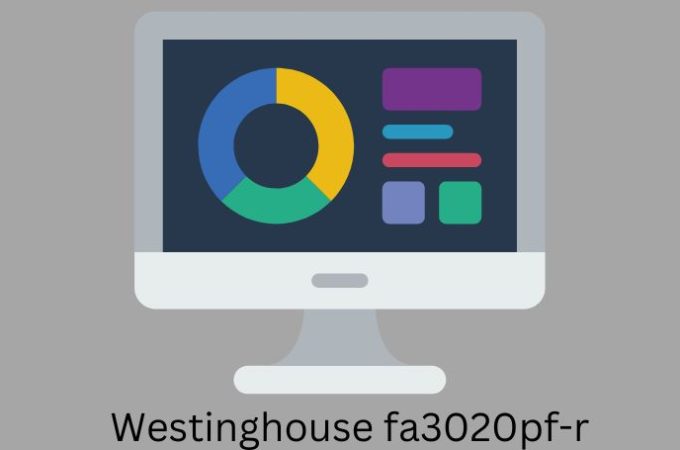
Trends impacting future of mobile app development
The technology world is continuously changing, and the development of mobile apps is one of the main variables that define how we interact with digital platforms. The global mobile app market is projected to reach $756 billion by 2027. Mobile application use has become a phenomenon that is prevailing across all spheres of our lives, from the simplest to the most complex interactions.
Mobile app development trends are driving the shift in the development paradigm, the type of experience by the user as well as the total business landscape. Businesses who want to improve their mobile app development cost in the future must understand and navigate these trends.
Trends That Will Define the Future of Mobile Application Development
1. 5G revolutionizing connectivity
New 5G networks will dramatically change mobile communication with breathtaking download speed, ultra-low latency rate, and absolute reliability. As a result, now developers will be able to create mobile apps that utilize more data and are more engaging than ever before.
Virtual reality (VR), augmented reality (AR), and real-time streaming are only a few of the bandwidth-intensive services that the developers can benefit from the 5G networks to revolutionize the user experience in a lot of industries.
2. AI and Machine learning integration
From personalized recommendations to predictive analytics, AI algorithms lead developers to create intelligent and adaptive apps. The mobile app space is transforming with AI-driven features such as chatbots that are capable of natural language, picture recognition algorithms that ensure more security, and predictive analytics that result in proactive decisions. AI applications will become more and more sophisticated and context-sensitive with each advancement in AI technologies.
3. IoT integration for hassle-free connection
Innumerable devices and sensors are being integrated into the fast-growing environment of IoT. IoT is a network of connected physical objects that users can remotely access and control via mobile applications.
Internet of Things(IoT) functionalities in mobile applications make room for unknown prospects for innovations whether it is smart home appliances, wearables, or industrial sensors. Mobile app development services in the USA capitalize on IoT to enable seamless device connectivity and remote control capabilities.
To make the most of this and to give the customers excellent connectivity experiences, developers must completely study Internet of Things protocols, security standards, and device compatibility.
4. Cross-platform development
The variety of mobile devices with different operating systems makes cross-platform programming an attractive solution for reaching more customers with less labor. Developers may produce applications that run smoothly across different platforms using a single codebase with the aid of frameworks like Xamarin, React Native, and Flutter.
Along with this, there is a guarantee that the users will keep the same experience on all the devices too. If you want to stay ahead of your competitors, you need to be familiar with cross-platform development technologies. The demand for indigenous apps for various platforms is also increasing.
5. Progressive web apps (PWAs)
Progressive Web Apps have merged web and mobile technologies to be a cornerstone of a new user experience, accessibility, and performance standard. PWAs use service workers and caching methods to enable users to install the app on their device and access it offline, just like native apps.
Combining the two approaches will simplify the deployment and will also eliminate the app store distribution and updates. The boundaries between progressive web apps (PWAs) and native mobile apps (NMAs) will become smaller and smaller as web technologies evolve.
6. Improved security and privacy approaches
The protection of mobile applications has assumed more importance than ever before because there is a growing number of cybercrime and privacy issues. To keep hackers and other unauthorized users away from user data, developers are implementing strong data protection protocols, authentication methods, and cryptographic algorithms.
The way mobile applications are developed is by using biometric authentication, app sandboxing, and secure communication channels as common practices. They ensure that users feel confident in using these apps. Global software developers are likely to retain privacy standards as one of their key priority points as new rules like CCPA and GDPR kick in.
7. Augmented Reality (AR) and Virtual Reality (VR) experiences
Utilizing fully immersive technology that erases the barrier between fictional and real life, AR and VR radically alter the way we engage with digital data. The mobile app industry is spearheading the revolution by creating captivating activities in the gaming, education, retail, and entertainment industries using ARKit, ARCore, and VR methods.
Mobile app development is sparking innovation and keeping users engaged through augmented and virtual reality (AR/VR) across different environments like product demos, virtual tours, and training simulations.
8. Edge computing as a solution to low-latency applications
One of the key impacts of edge computing is the ability to bring processing capabilities closer to the user, which in turn opens up new possibilities for mobile app development. This gives the advantage of quicker load times and less network delay completely.
Games, real-time streaming, and interaction with the Internet of Things (IoT) can provide users with real-time experiences by offloading processing operations to edge servers located near the user.
Through the benefit of edge computing’s ability to increase both scale and reliability, distributed mobile apps can reduce their reliance on centralized data centers. More and more developers of mobile apps will use edge computing as the supporting infrastructure gets better.
9. Voice-based interfaces and conversational AI
With the spreading of voice-enabled assistants like Google Assistant, Amazon Alexa, and Siri the way users interact with mobile apps has been dramatically altered. This gives space to chatbots and voice-powered interactions.
Applications are now in the capacity to comprehend and answer user questions and conversations thanks to NLP algorithms that are bringing about new possibilities for interaction that are accessible and hands-free. Businesses can hire iOS app developers skilled in SiriKit to add voice features to their apps for a hands-free and intuitive experience.
As a result of this trend, apps are becoming more intuitive to use and speak for themselves, through features such as dictation, virtual assistants, and voice-enabled shopping.
Conclusion
In the coming era of mobile app development, the sky’s the limit when it comes to the opportunities for innovation and creativity. These trends include 5G technology, artificial intelligence, and other revolutionary technologies that enormously change mobile app design, development, and user experience. Shortly, developers will be able to understand the shifting wants of users and enterprises by using these trends.
It will enable mobile apps to become more than just tools; they will be almost inseparable from us during our journey in the digital world.
Hi, I’m Olivia Manek, a Marketing Manager at ManekTech, a top Web and software development company in the USA. ManekTech helps to deliver complete IoT and mobile app solutions that fit clients’ needs perfectly.





